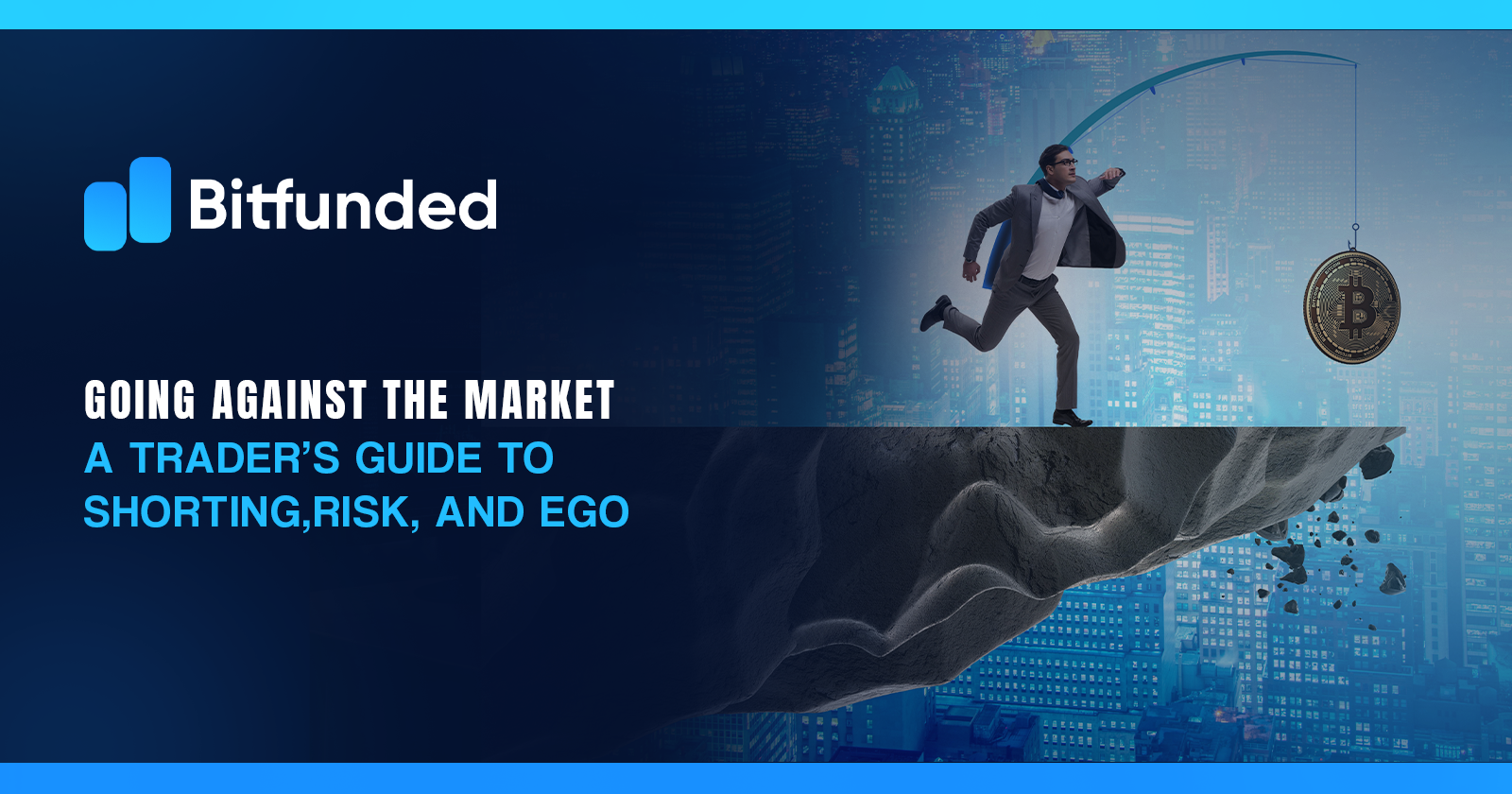We’ll discuss below why traders may want to take the risk of betting against the market, but other traders would rather avoid it. We’ll examine what could go right, what could go wrong and how tricks in your thinking can turn your strategy into a regrettable decision. Whether you like to trade on bearish signals or simply want to know about contrarian methods, let’s explore what steps you need to take to do this safely.
What Makes me Short the Market?
Let’s break it down. Most traders are bulls by nature optimists, right? They want to believe the next pump is around the corner.
But short-sellers? That’s a different breed. They’re the guys who light cigars while others panic. They know the game, understand hype cycles, and aren’t afraid to bet against the crowd when it’s drunk on hopium.
Why Some Traders Love to Short:
- Faster Profits: A 30% crash in crypto can happen in hours. A 30% rally? Might take weeks. The speed is addictive.
- Markets Don’t Only Go Up: Everything that pumps eventually dumps. Even Bitcoin needs a breather.
- Bear Markets Are Pure Opportunity: While most traders cry during red candles, shorters feast.
Shorting Rewards: Speed, Precision, Power
Let’s be real—shorting feels badass. You’re not just playing the game; you’re flipping the table. And when you get it right, the wins come fast.
Let’s say:
- You short 1 BTC at $60K with 5x leverage.
- BTC drops to $55K.
- That $5K move? Multiplied by 5 = $25K profit (before fees).
Shorting keeps you engaged in all market conditions. While long-only guys sit on their hands during bear seasons, you’re capitalizing on every nosedive. That’s real trader versatility.
But here’s the kicker: It ain’t easy.
The Risks: Why Shorting Is a Mental and Financial Minefield
Shorting isn’t just about market timing, it’s a psychological challenge that can test your discipline and mental health. Here’s why going against the market can be so risky:
- Frequent Losses Take a Toll
Because markets generally trend upward over time, shorting often means more losing trades than winning ones. I’ve had stretches where I lost on five shorts in a row, each one chipping away at my confidence. It’s tough to stay calm when you’re bleeding money, and without a solid mindset, you might start doubting your entire strategy—or worse, abandon risk management altogether.
- Unlimited Loss Potential
When you go long, the worst-case scenario is your position goes to zero. But when you short, there’s theoretically no limit to how high a price can climb, meaning your losses can spiral out of control. I shorted Solana once at $150, thinking it was overbought. It soared to $200, and with leverage, my losses doubled what I’d expected. Without a stop-loss, I could’ve been wiped out.
- Faster, More Dramatic Moves
Short trades can be a wild ride. When prices drop, they drop fast—but when they rebound, they can spike even faster. If you’re not quick to close your position or don’t have a stop-loss, a sudden rally can lead to massive losses. I’ve seen crypto prices jump 10% in minutes on news like Elon Musk tweets, catching short-sellers off guard.
- Risk Management Is Non-Negotiable
Shorting, without strict rules, is like playing with fire. Stop-losses are a must to cap your losses, but setting them too tight can get you stopped out prematurely, and setting them too loose can lead to bigger losses. I’ve struggled to find the right balance, often second-guessing myself mid-trade. You also need to manage leverage carefully—high leverage on a short can amplify losses just as fast as it amplifies gains.
Shorting Smart: The Tactical Playbook
If you’re still down to short, I got you. But here’s the disciplined way to do it:
1. Set a Stop-Loss. Always.
This isn’t optional. Set it. Respect it. Treat it like a guard dog between you and bankruptcy.
2. Keep Leverage Tight
3x max if you want to play it like a sniper. Anything above 5x? That’s degenerate territory. Don’t flex unless you can back it up.
3. Size Like a Pro
Never risk more than you’re willing to lose. I use a 1–2% rule per short position. That way, even if I’m wrong, I live to fight another trade.
4. Look for Overheated Coins
If RSI’s screaming 90+, if social media’s exploding, and if your barber’s talking about Dogecoin—it’s time to stalk a short. Pump first, dump second.
5. Stay Emotionless
Detach. You’re not in this to be right—you’re here to make money. If the trade isn’t working, don’t marry it. Date the chart. Dump it if it gets toxic.
Going against the market by shorting can be a powerful strategy in crypto trading, declines are often sharp, offering quick profits if you time them right. But it’s not a strategy for everyone.
The risks are high, the losses can be frequent, and the psychological toll of betting against the crowd can wear you down. Add in the ego trap, and it’s easy to see why many contrarians end up with empty wallets instead of guru status.

